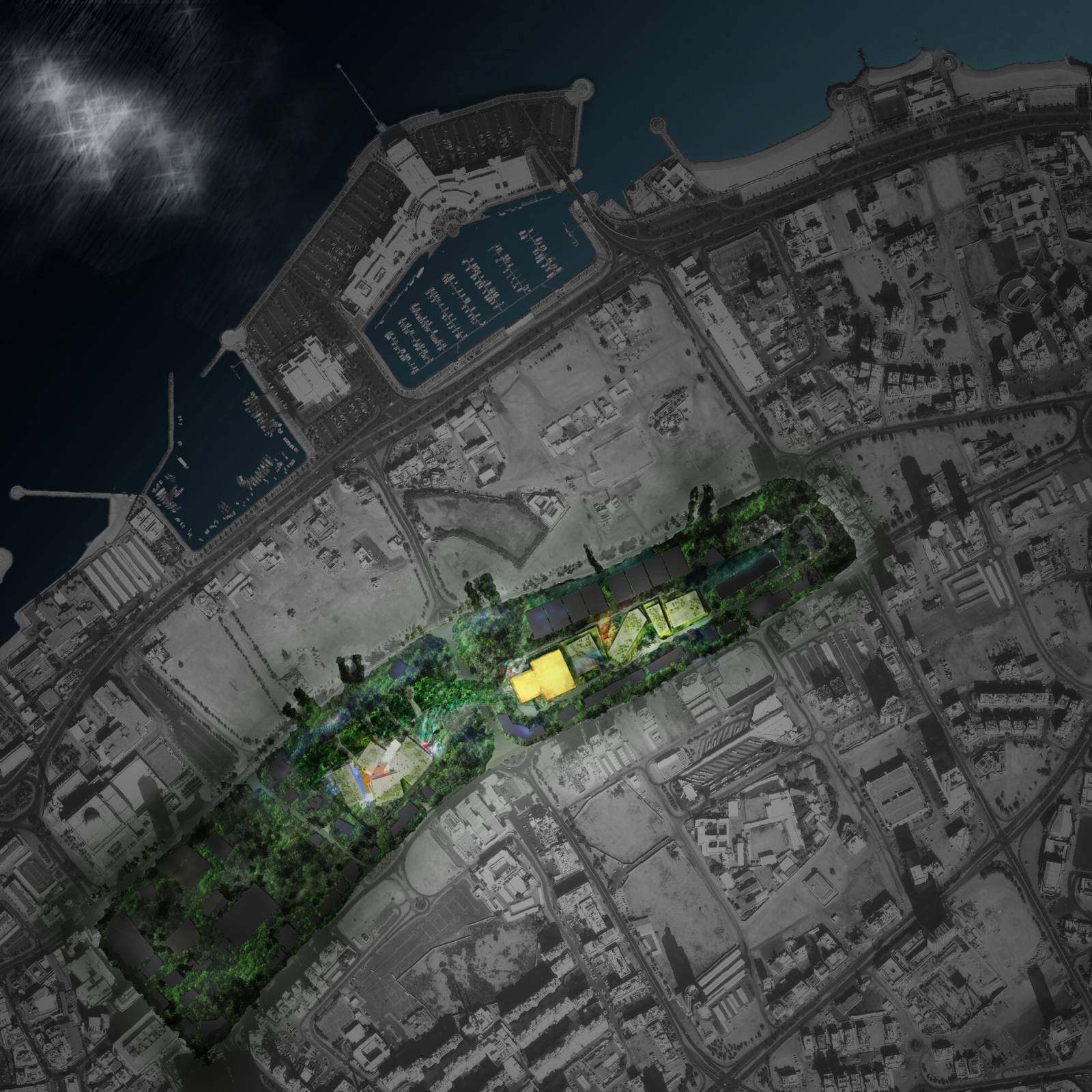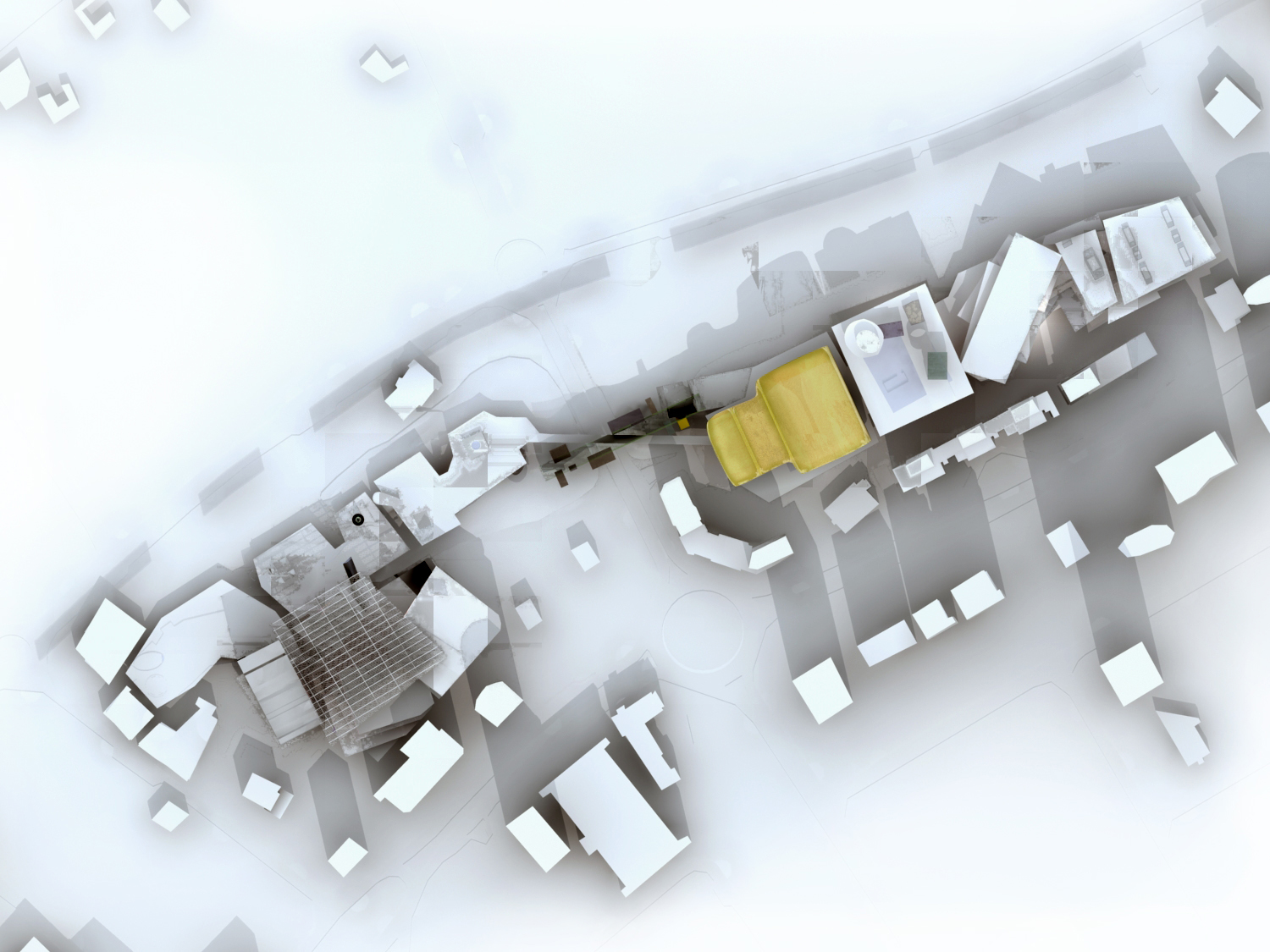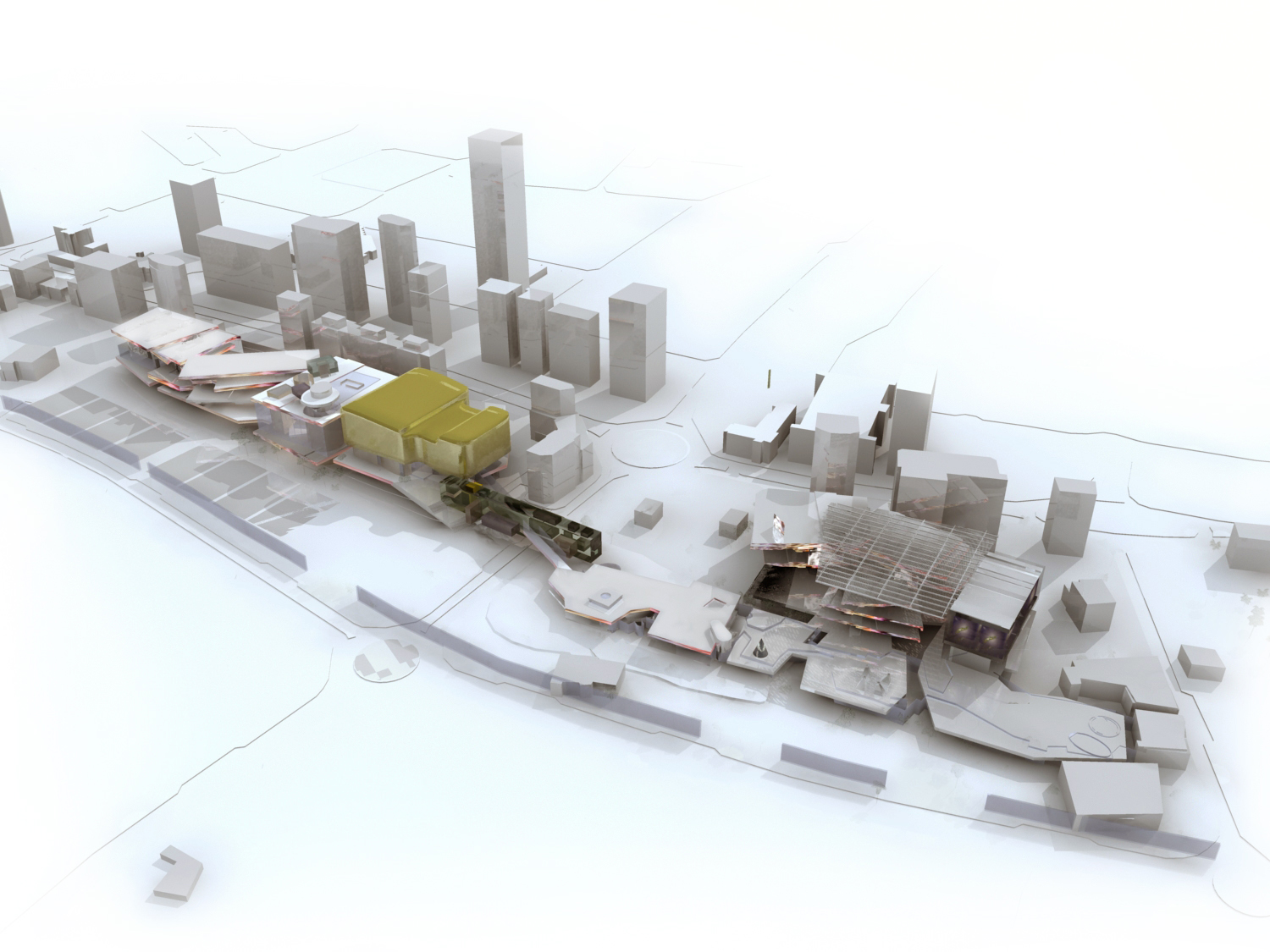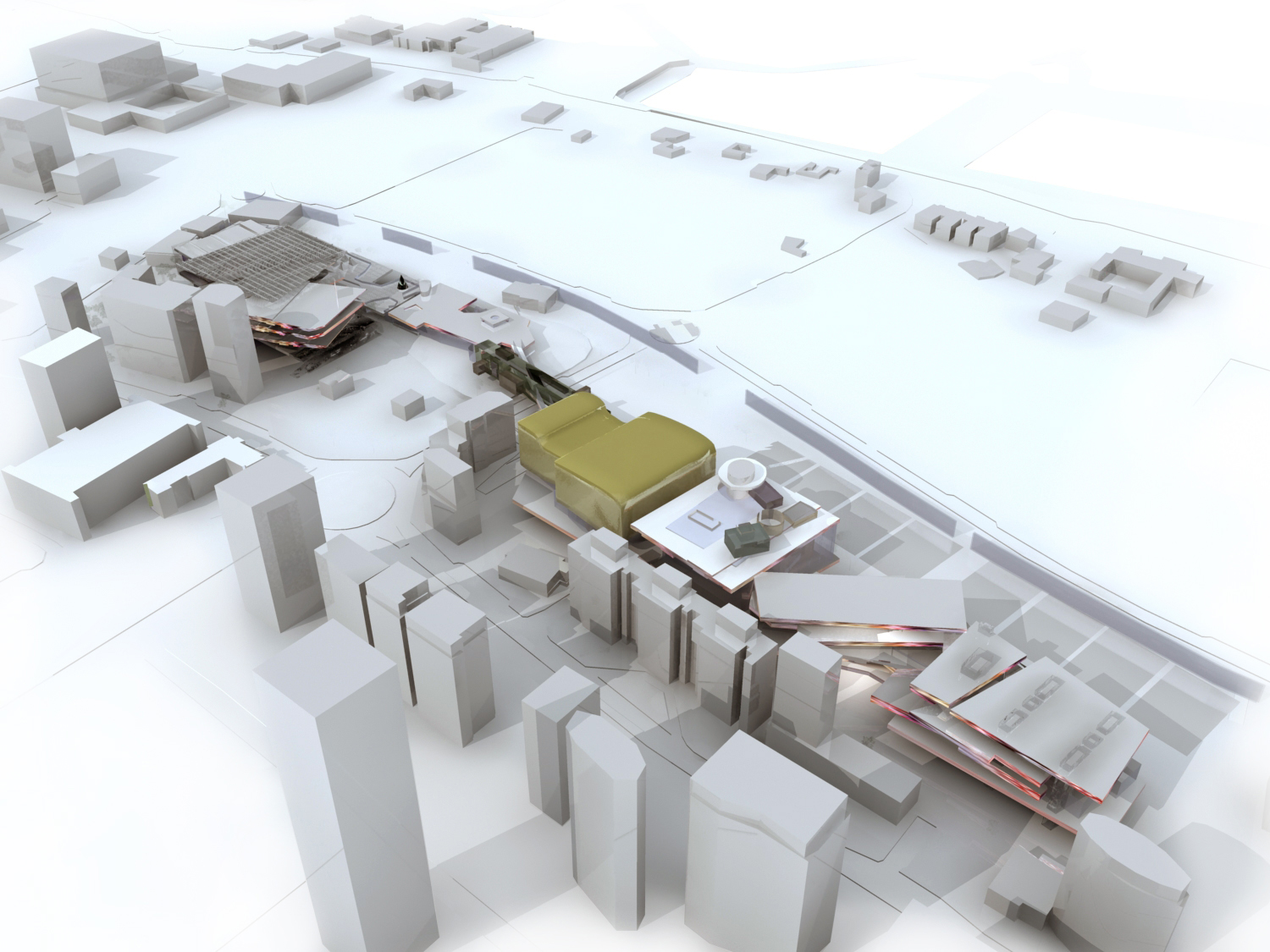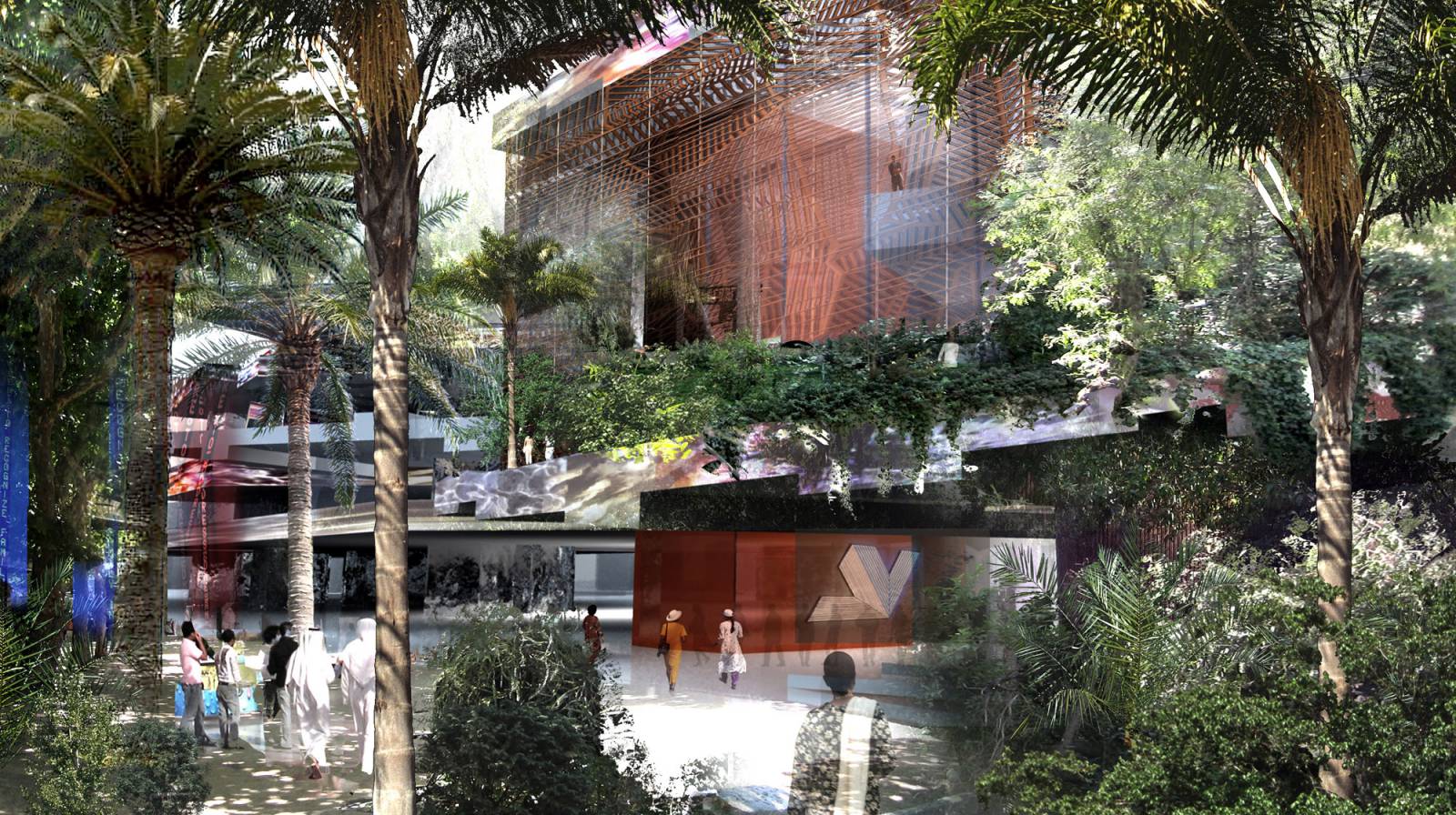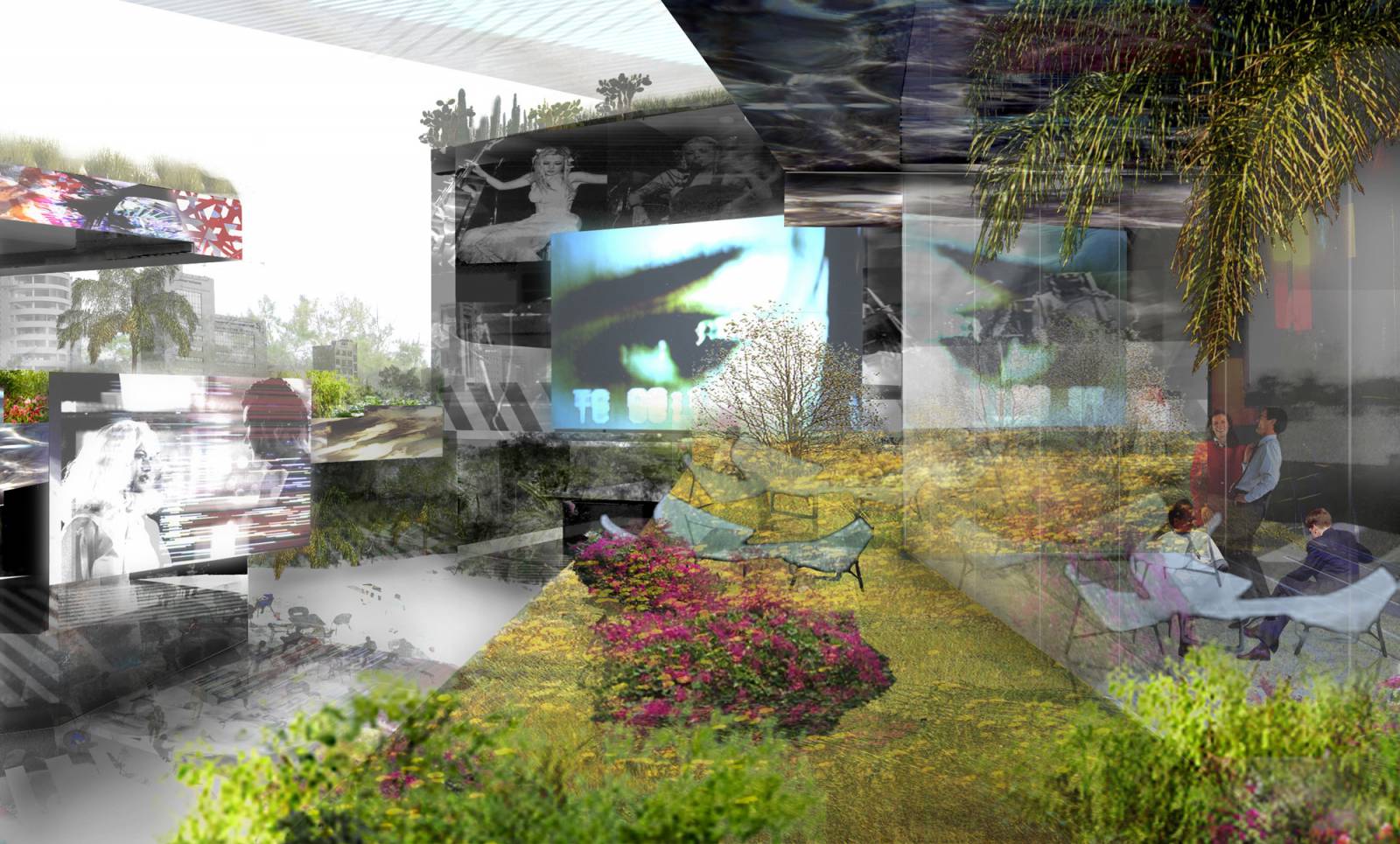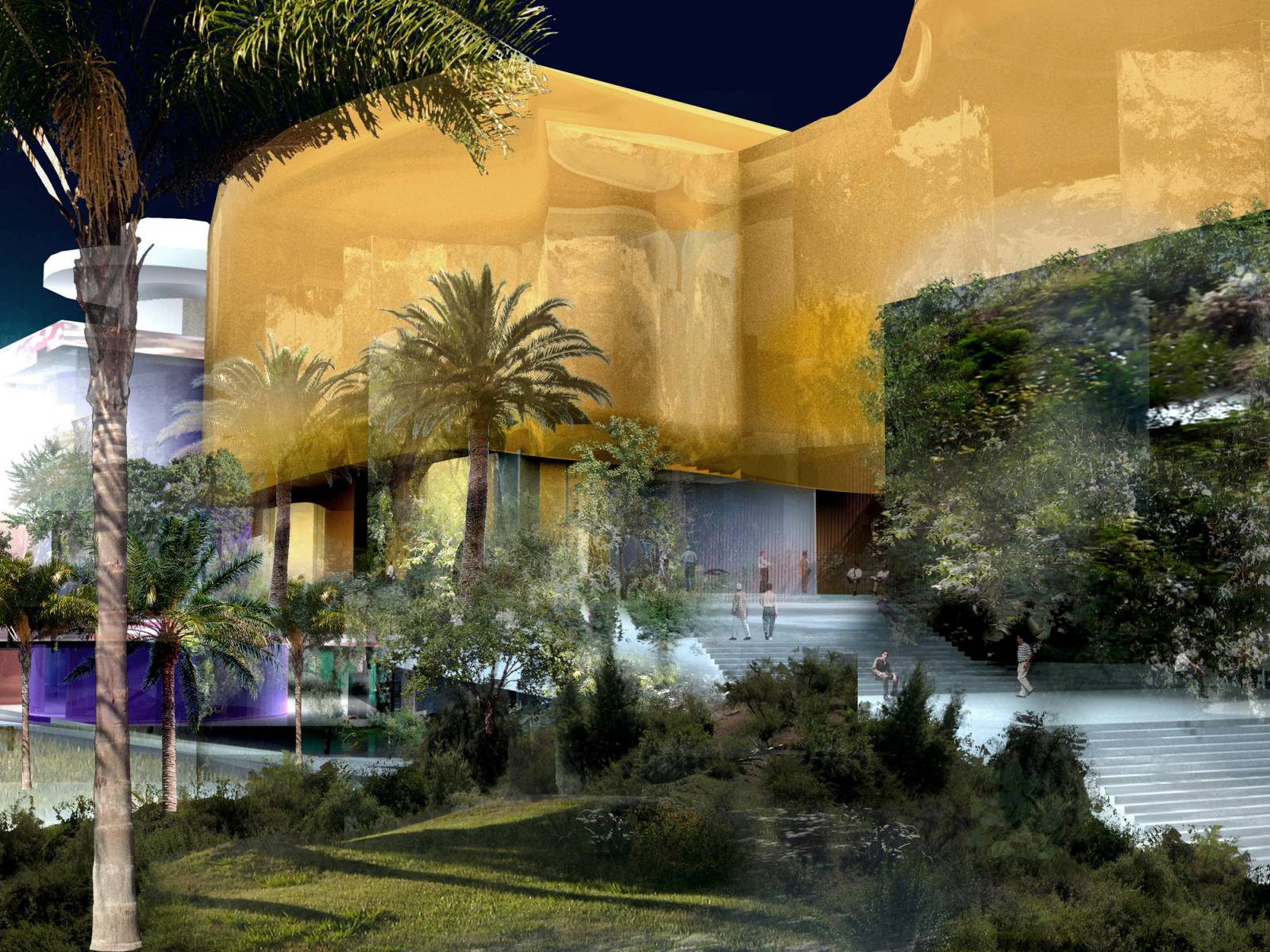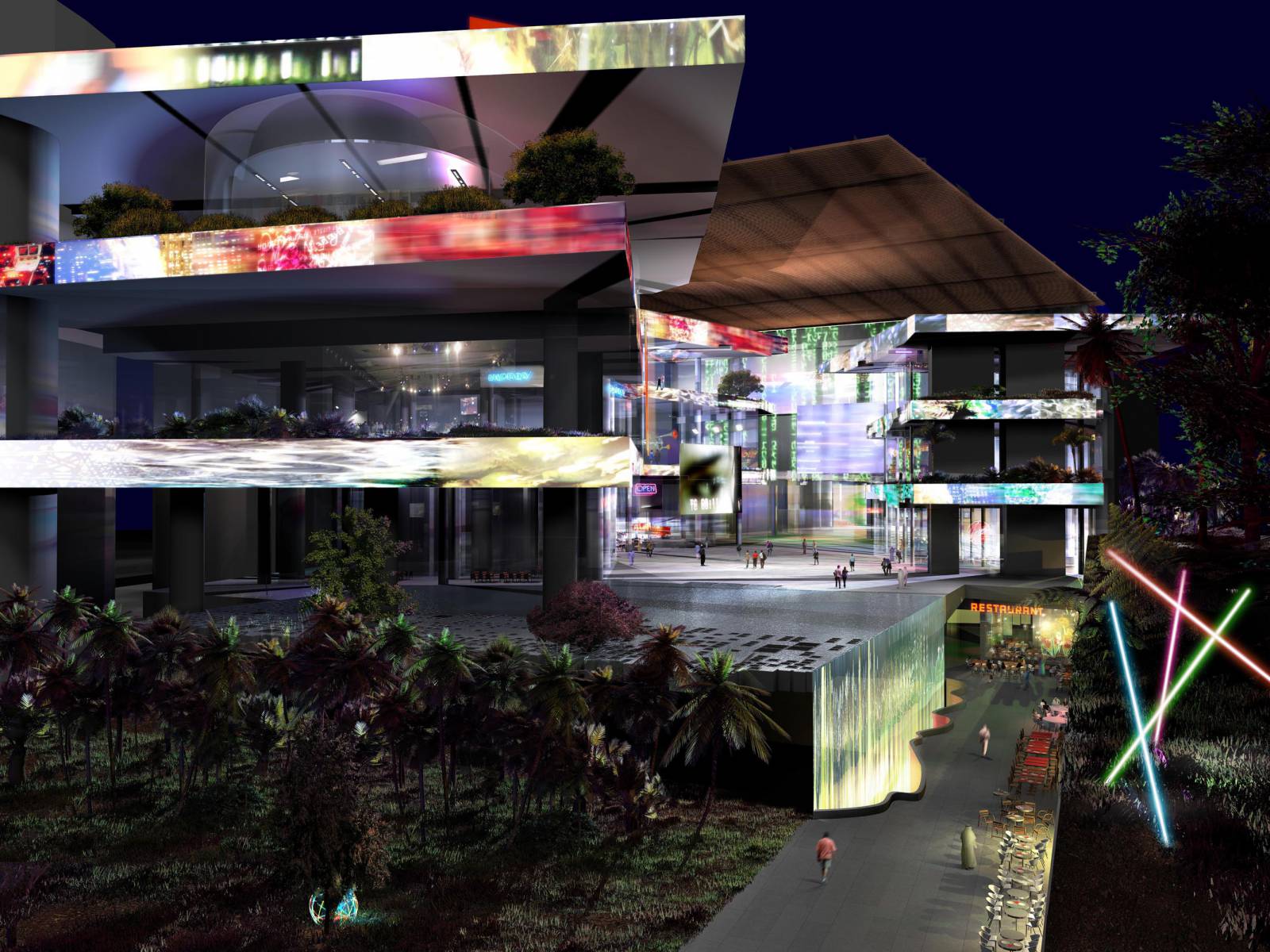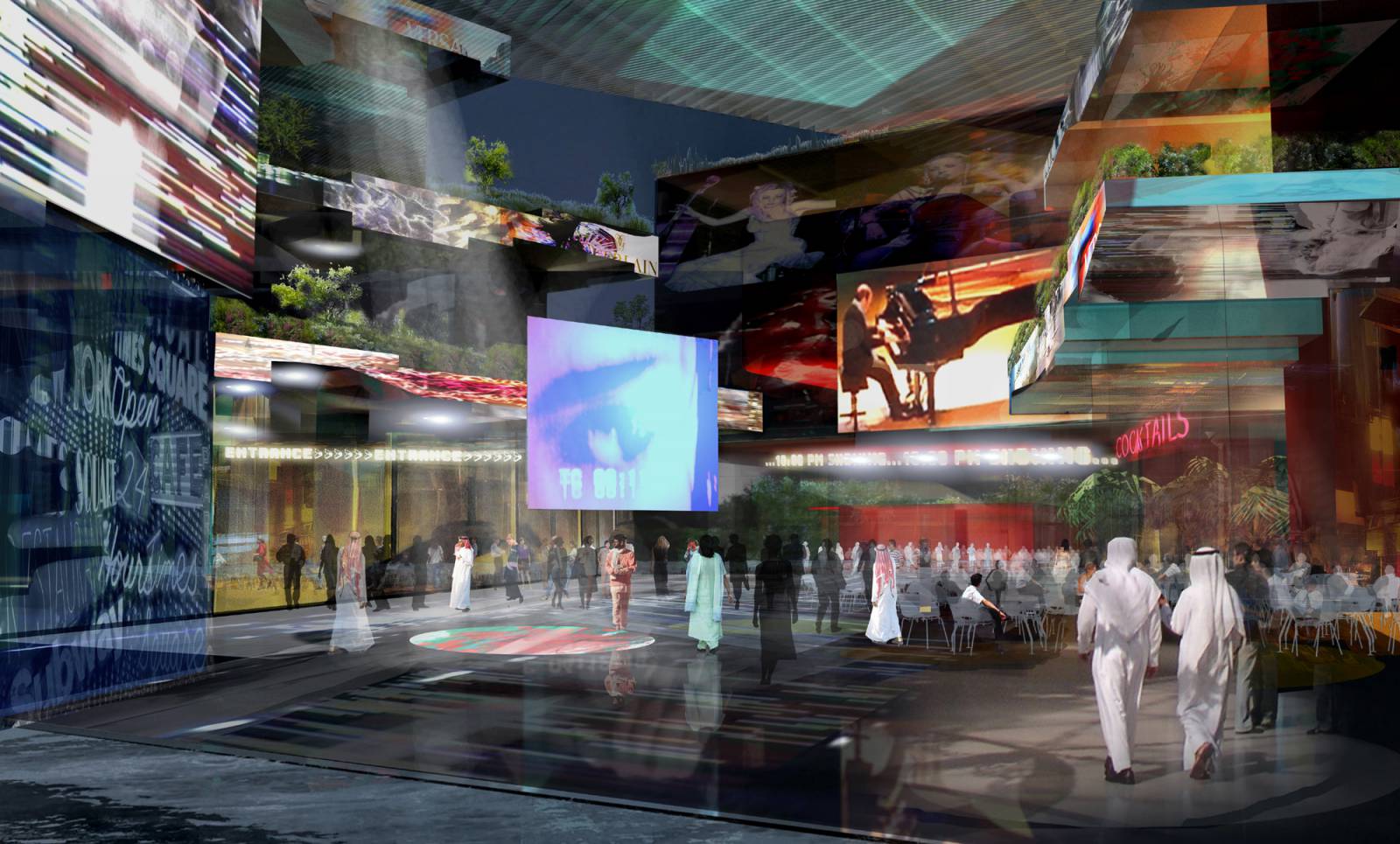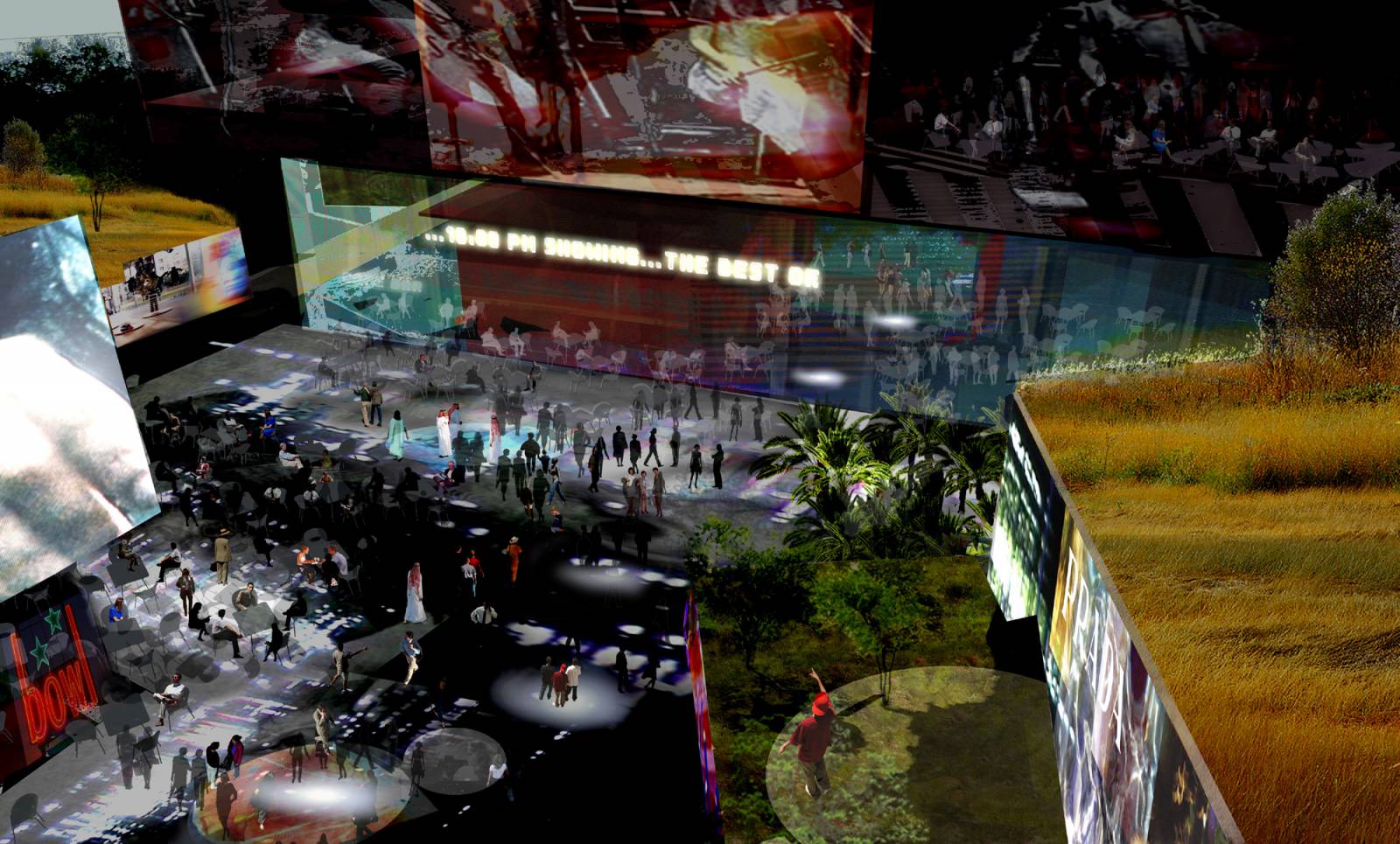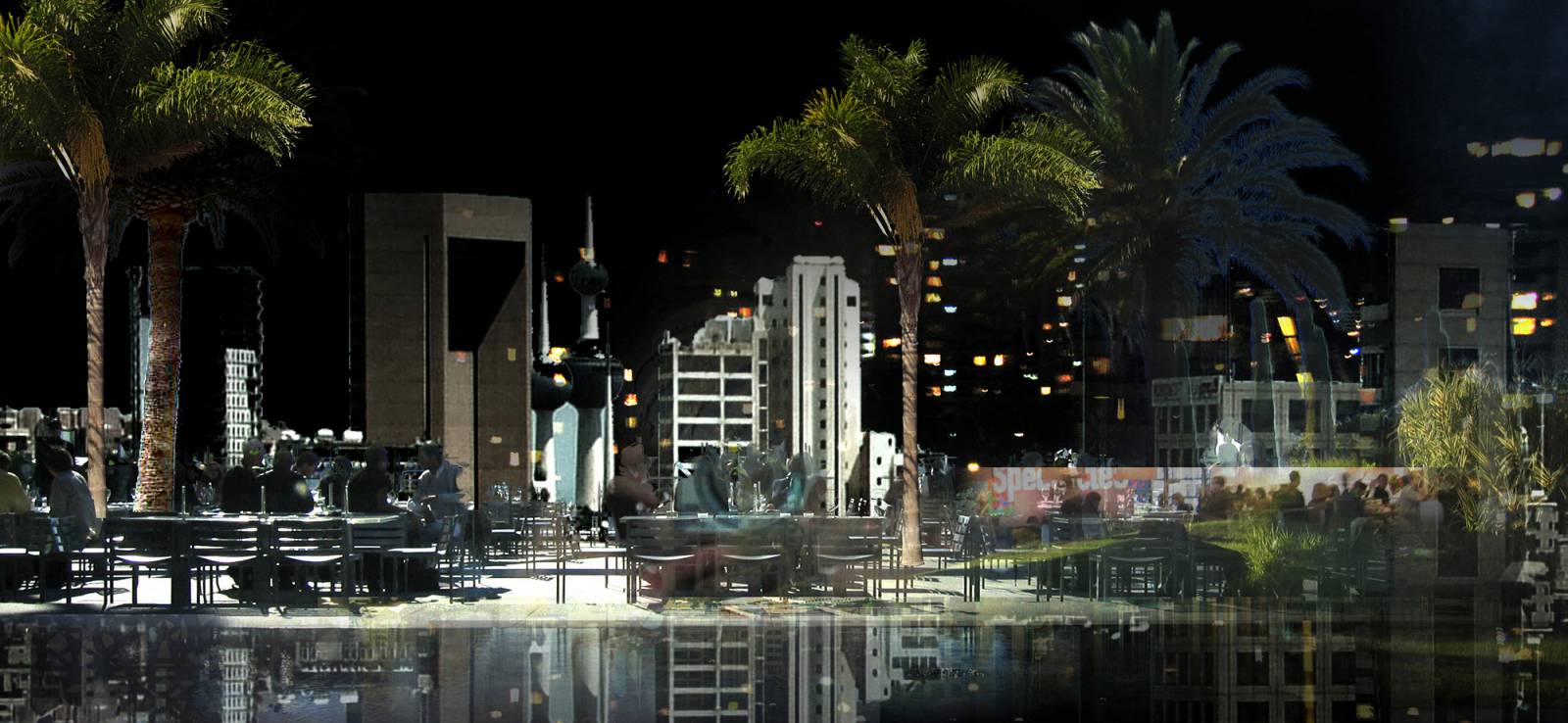Education, culture and leisure center
- Kuwait City, Kuwait
The Garden of Lights
There are neighborhoods that become symbols of cities, and this is one. No one will think of Kuwait City in the same way after it has built its Garden of Lights. It is an urban garden, of a thousand and one lights, moving shadows, contrasts between vegetation, ambiguity between inside and outside. The façades are composed largely of large, floor to ceiling glass with no visible frames. The façades are like glass curtains, virtual partitions separating terraces from gardens, exterior from interior. Ambiguity is heightened by the omnipresence of vegetation and by the use of flooring materials that are the same on both sides of the glass.
The Garden of Lights’ transparent façade will stretch like an urban showcase over an entire kilometer. The façade, a glass wall ornamented with sandblasted images, movie billboards, and concert, congress and museum signage, will protect the gardens and restaurant terraces behind it from traffic noise. The garden will become a new meeting place; people will come here to lunch or dine before or after shows or conferences. From the rooftop restaurant terrace, patrons will enjoy views over the skyline of Kuwait City and the Gulf. The terrace will be illuminated by a large lighted screen that will rotate slowly like a radar antenna. Other rotating screens, mirror screens, screens of colored light, will be installed in the garden and on the terraces.
The garden is really a series of superposed gardens. The parking garage is planted. So are the restaurant and cinema levels; these are organized around a new urban space called Screen Square, which will be protected from the heat by an overhead sun shade. The exhibition area terraces are planted. So are the roof terraces. Plants at all levels of the building create a combined effect of profusion, of accumulated vegetation.
The thousand and one lights are images, both abstract and figurative, illuminated or backlit, like the giant photographic slides that dominate the buildings of Tokyo. Some of the images move thanks to giant LED screens that function day and night. Images that have a commercial or symbolic function mingle with purely artistic images. Large illuminated “light drawings” made from neon tubing flit through the tree canopy. Text messages scroll across terrace façades. The idea is to create a new kind of poetry made of lighted signs and vegetation, which interact, interfere, hide and reveal one another.
An object’s identity comes from its singularity. The culture of an era invents itself progressively. The Garden of Lights is about inventing an image of Kuwait City that will be recognizable the world over.
Jean Nouvel
